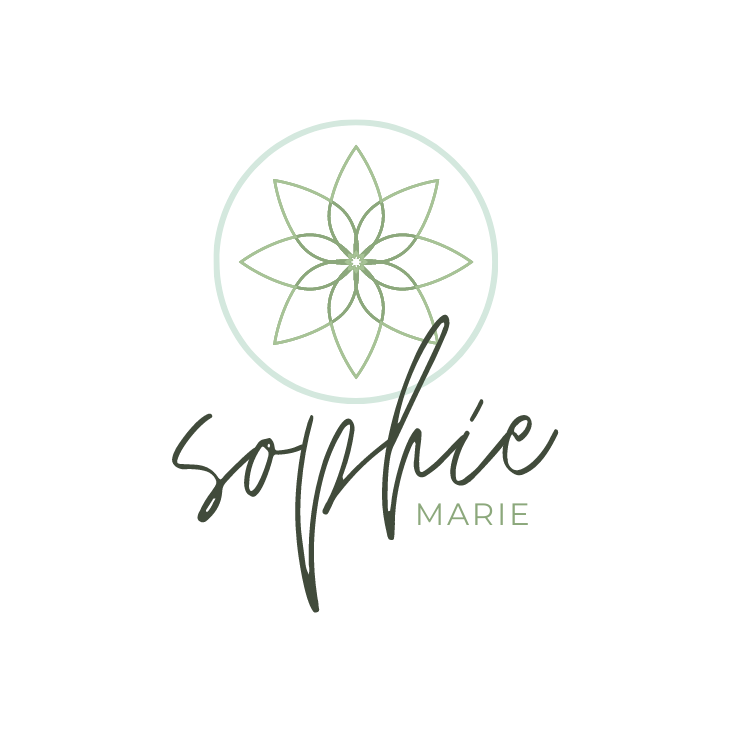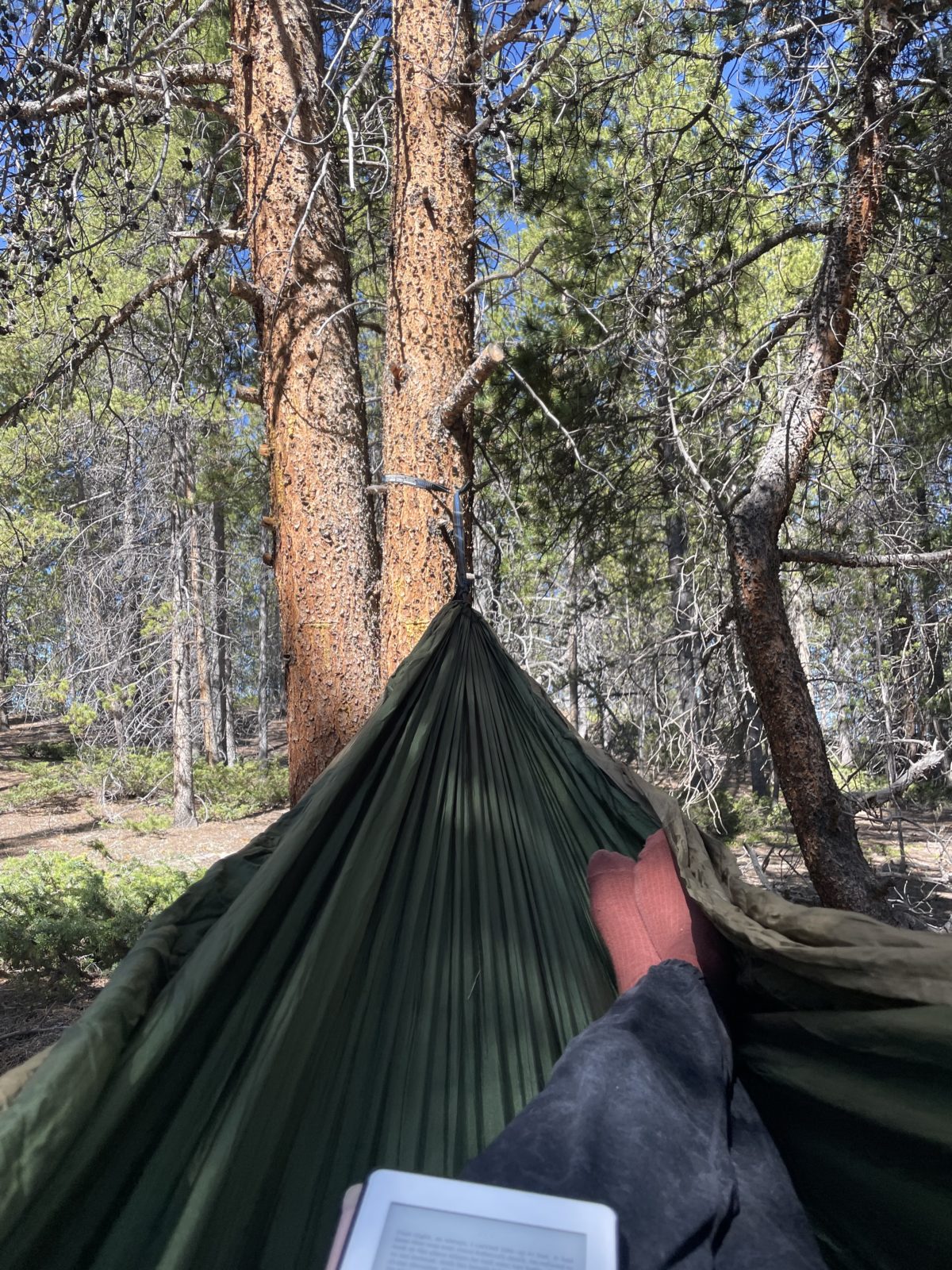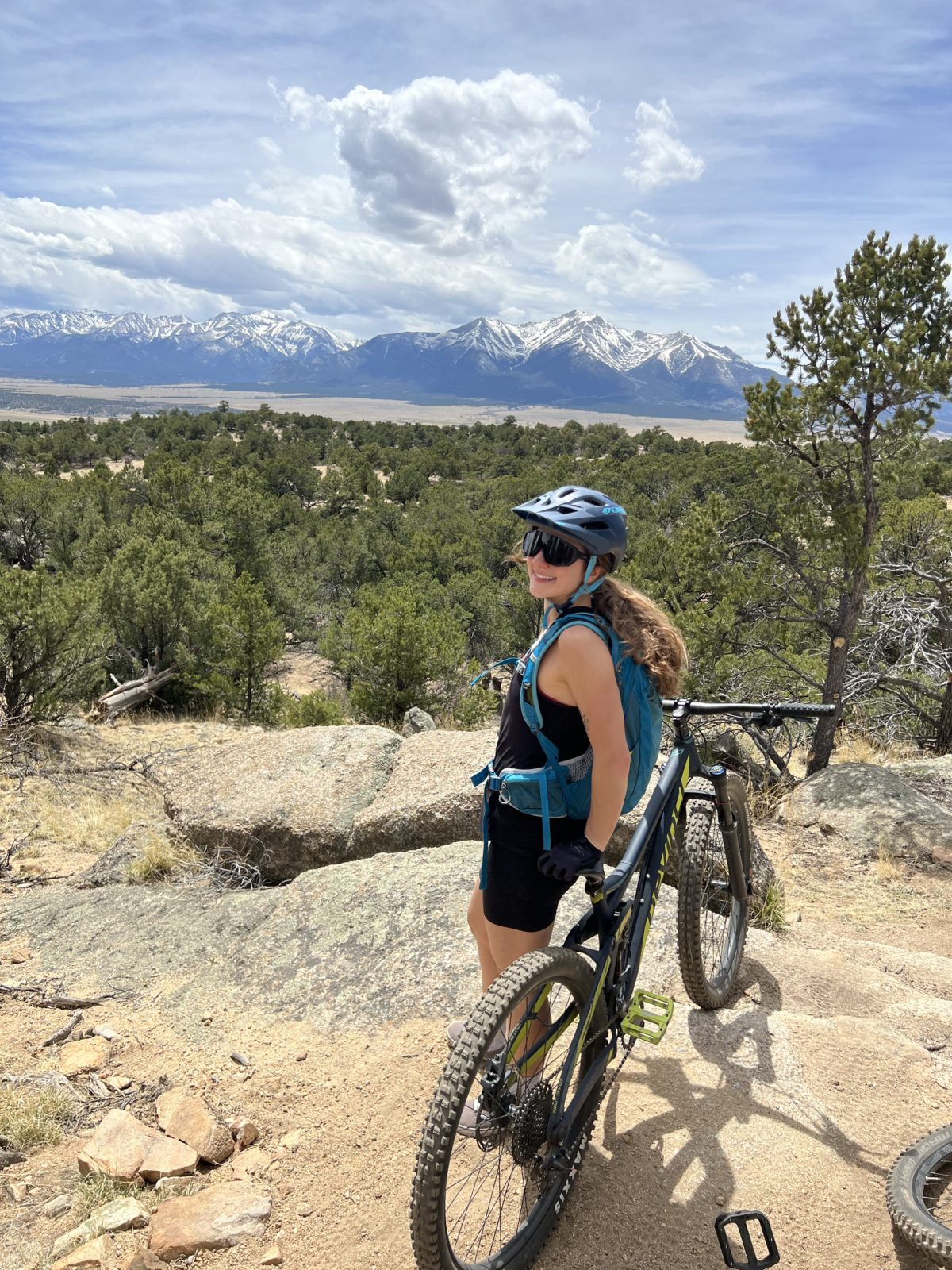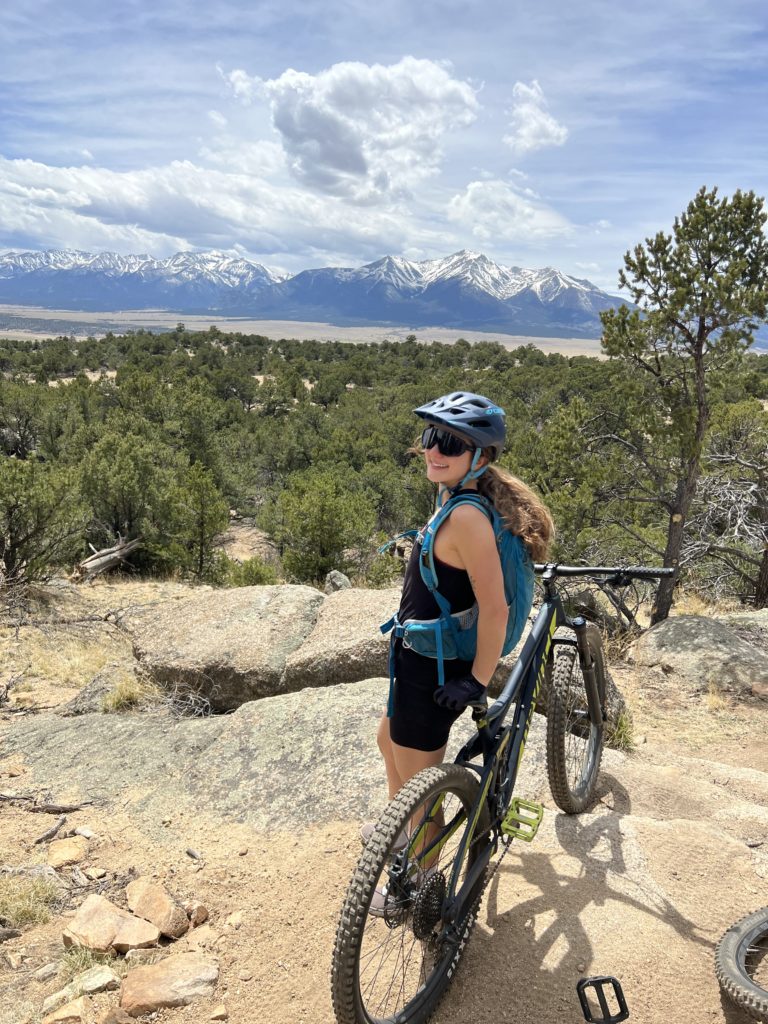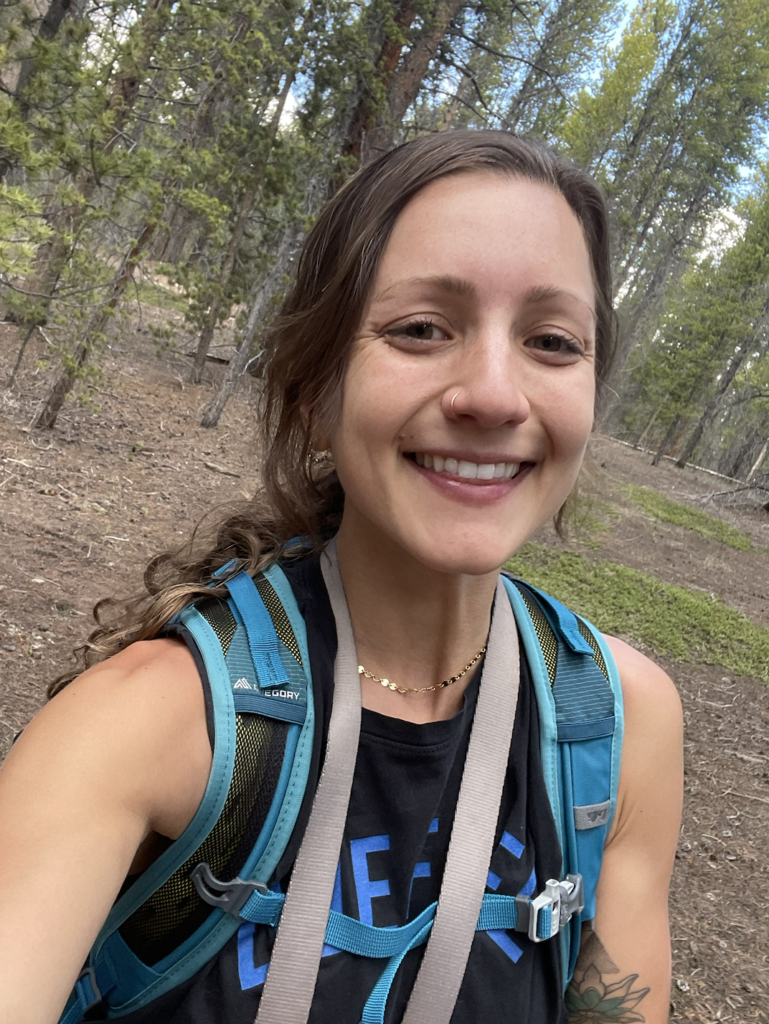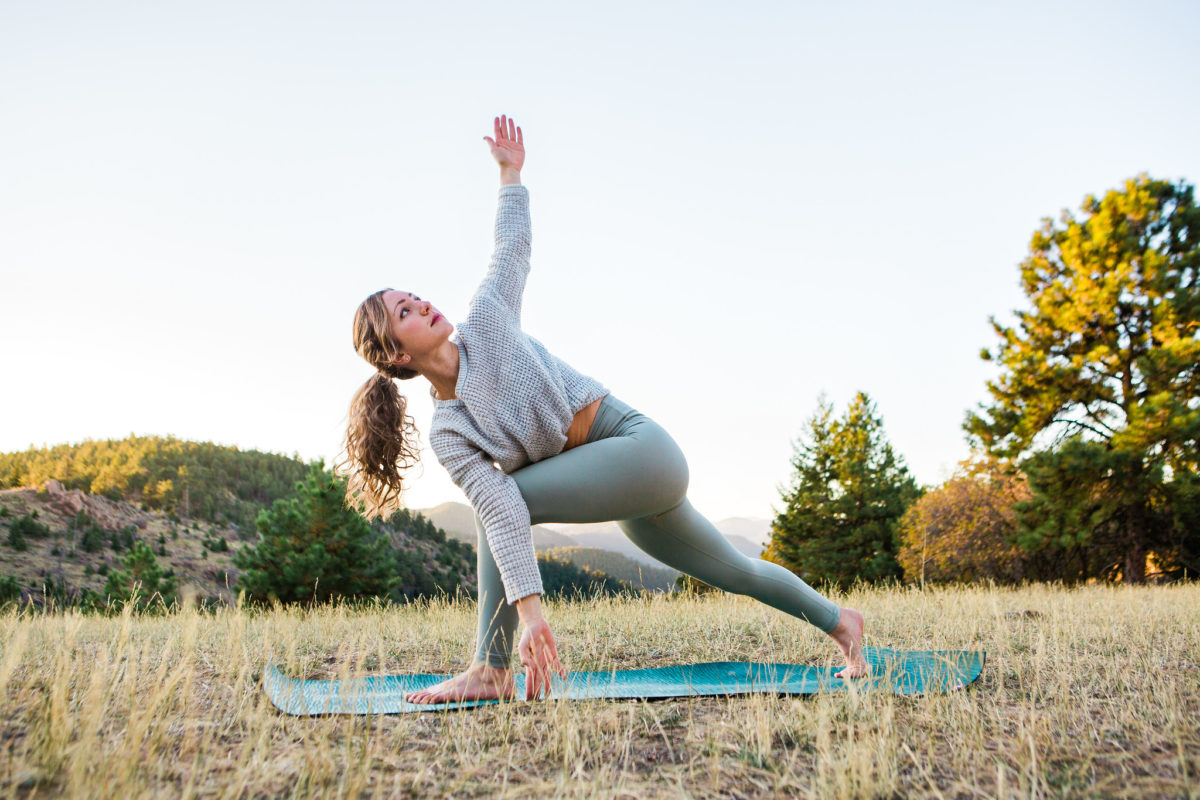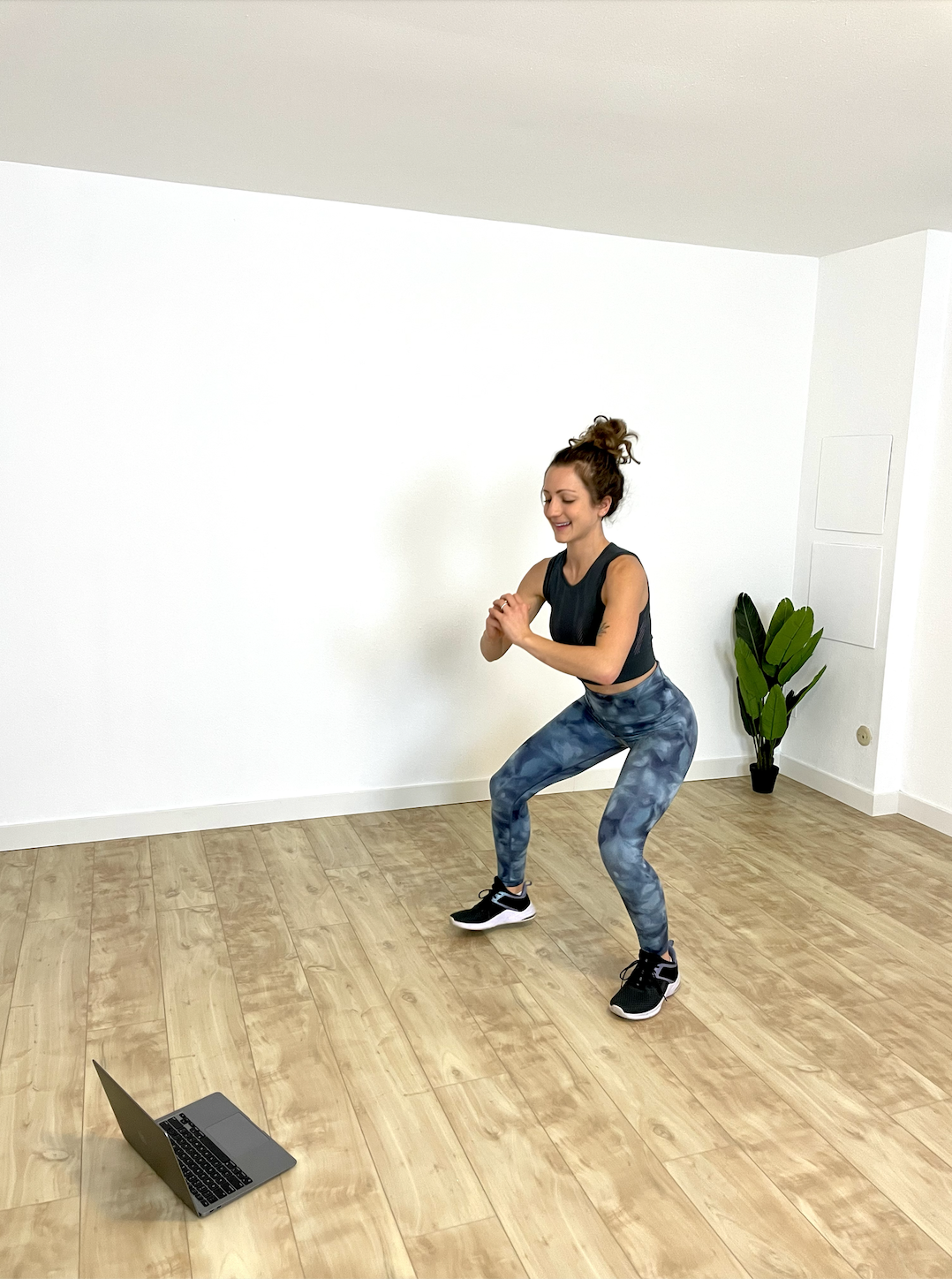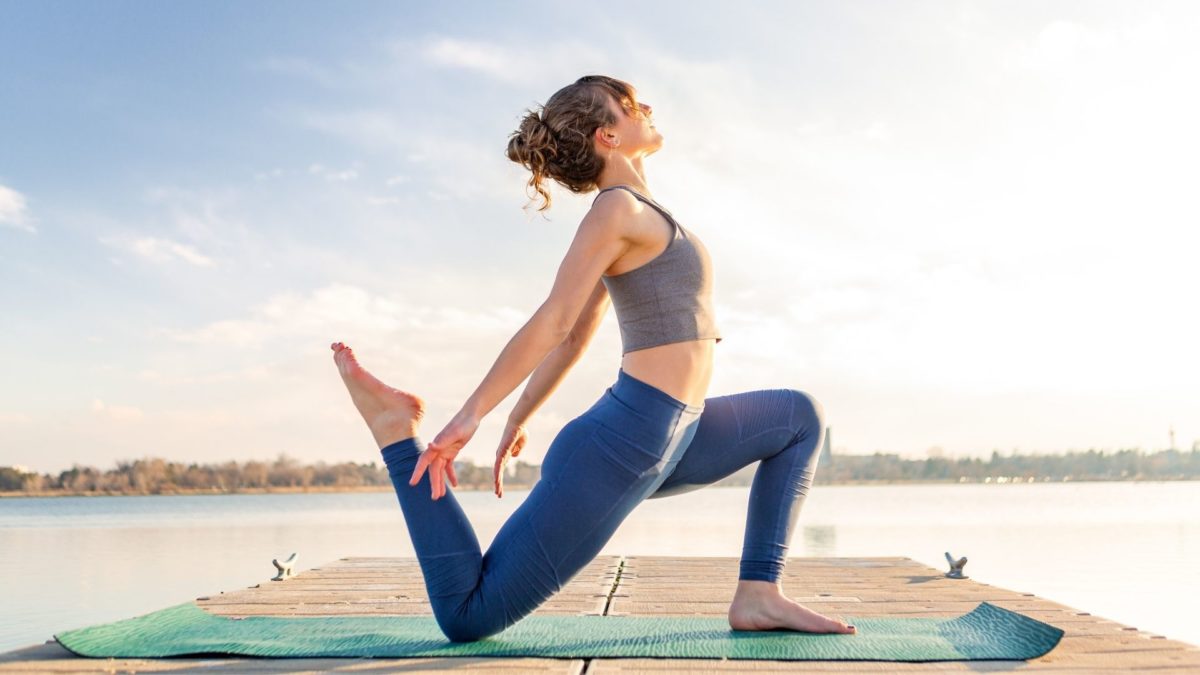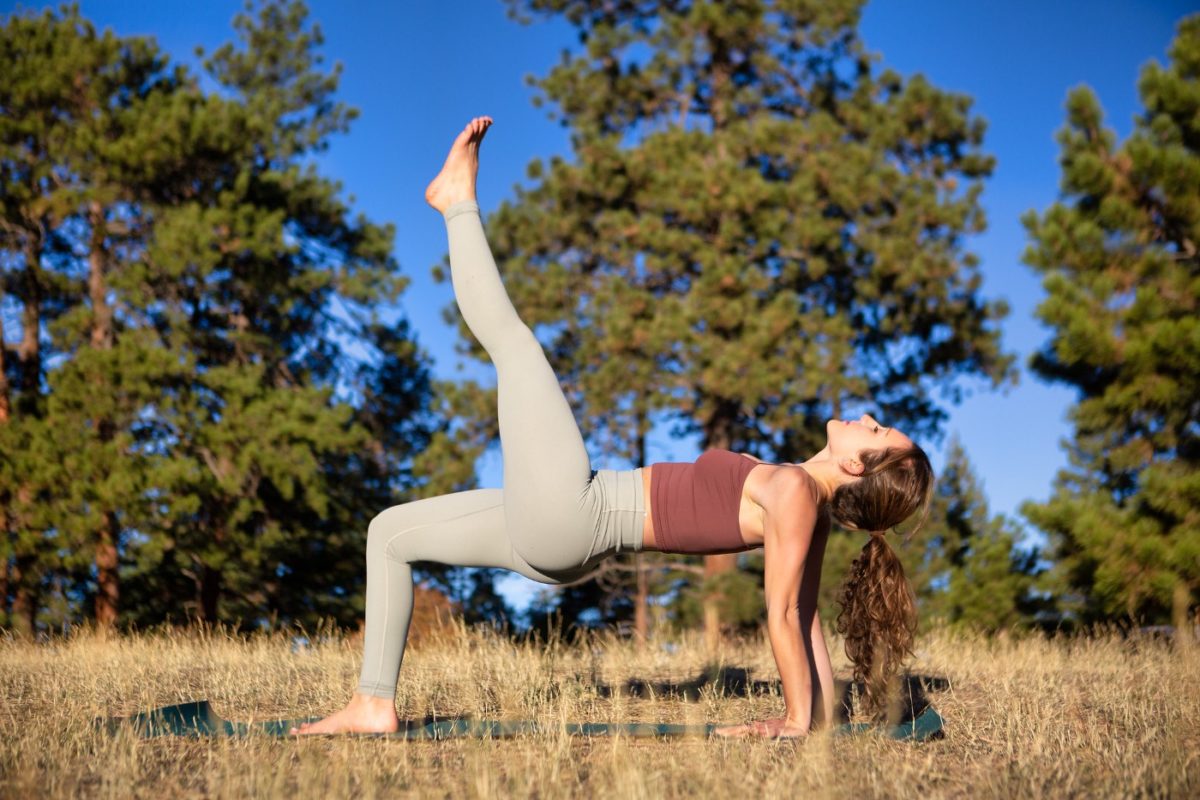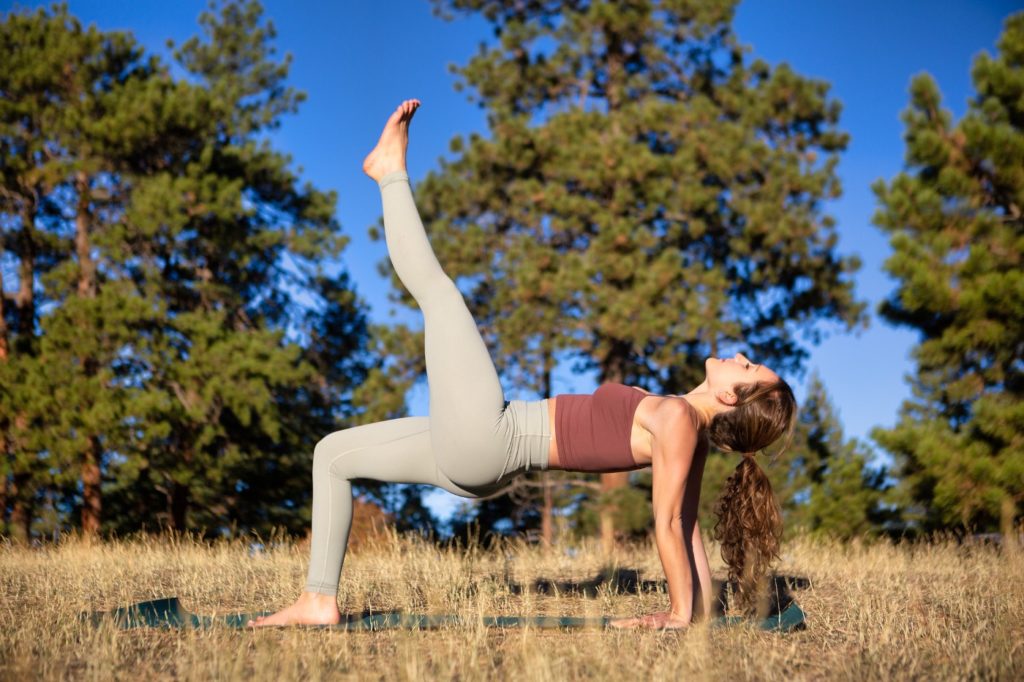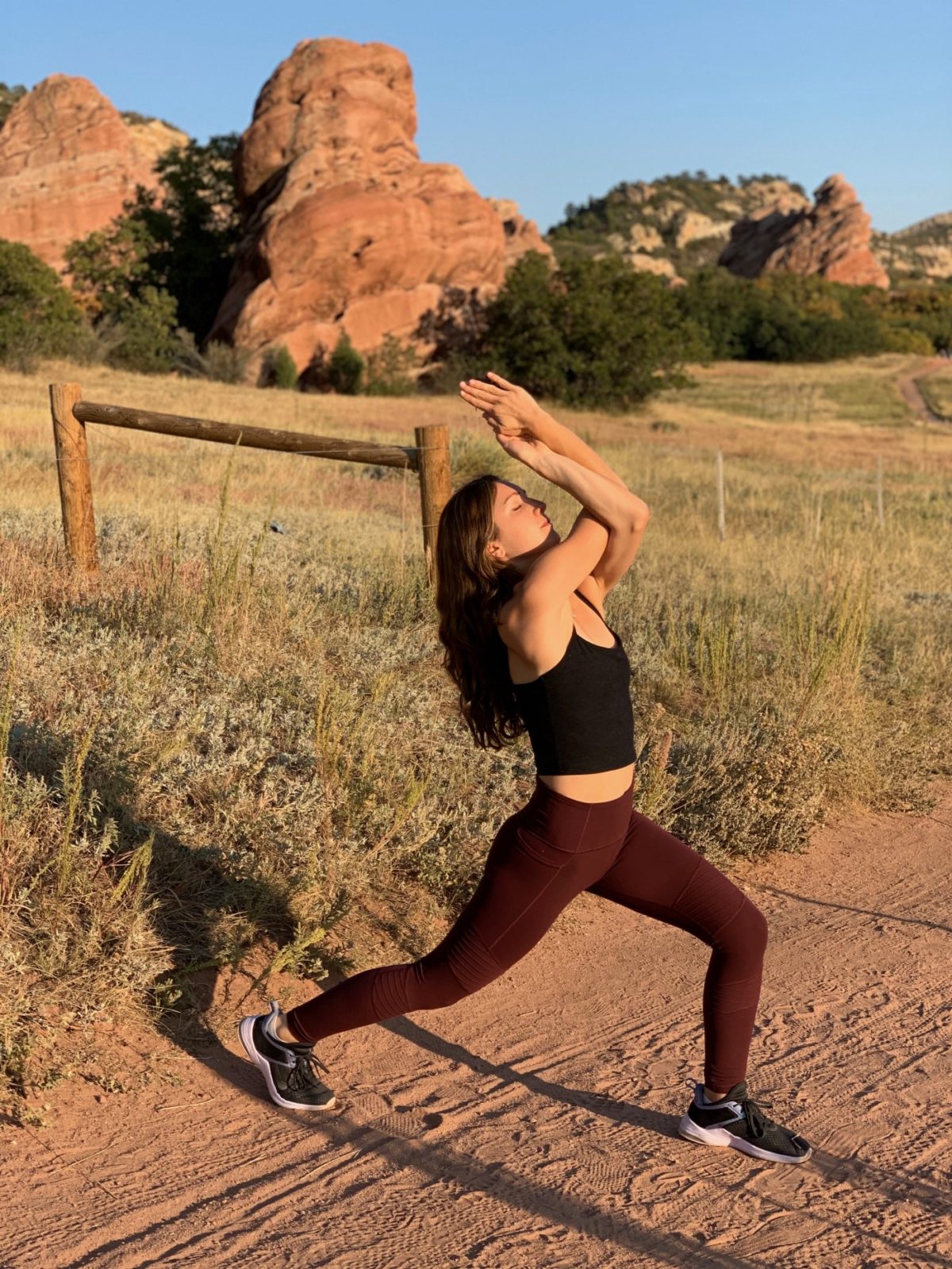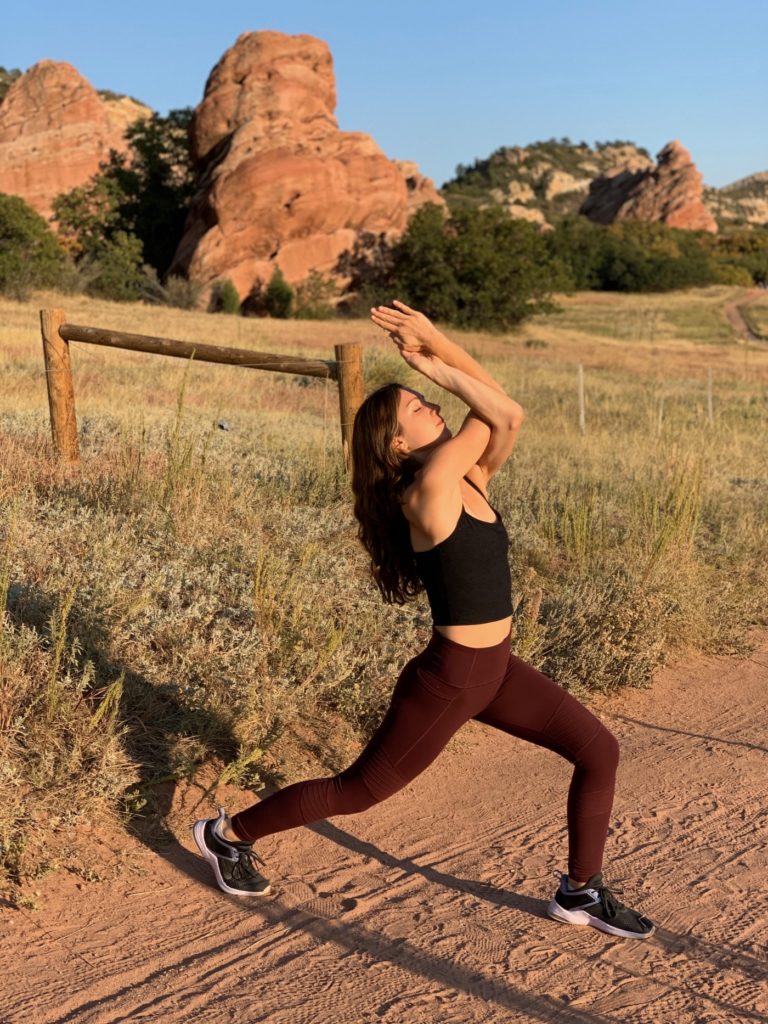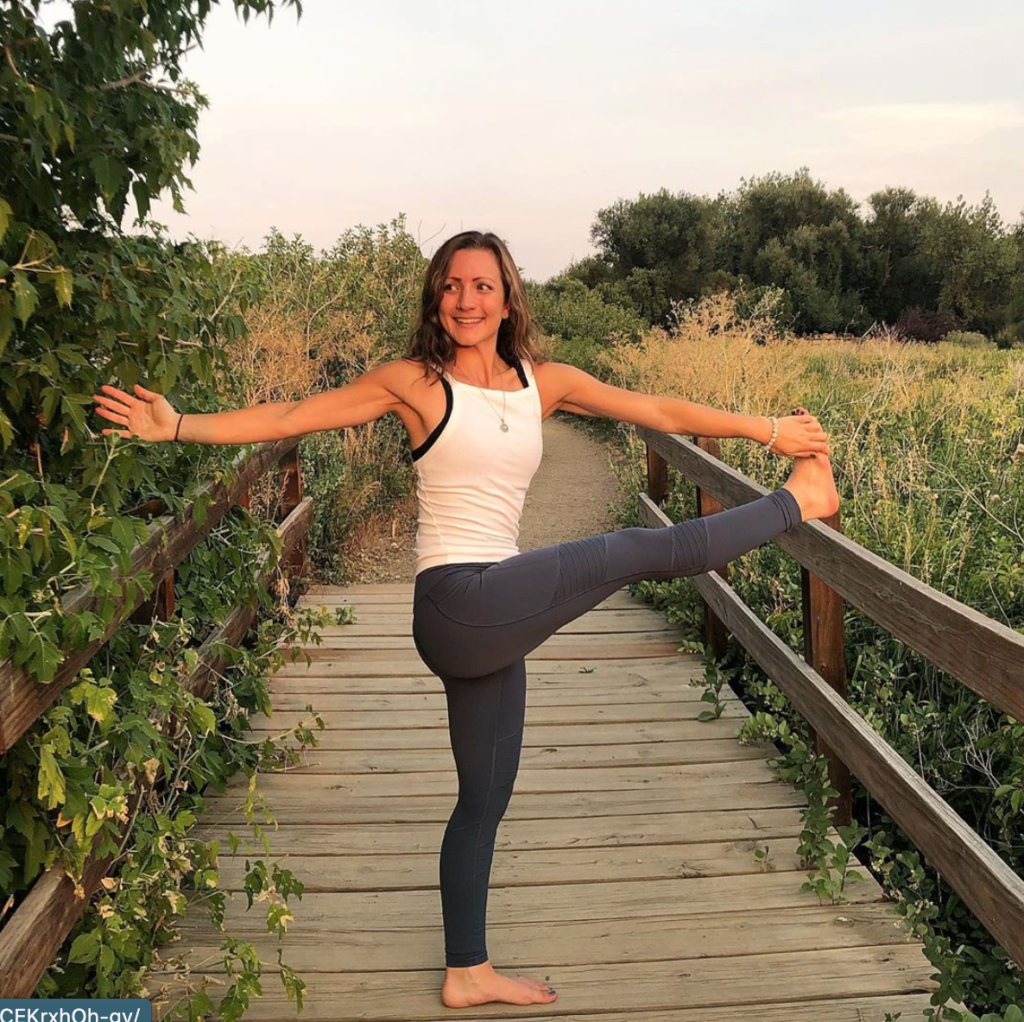For the past year or two, I’ve been on and off of social media. Mostly on, because, well, it’s addicting.
It’s designed that way.
I know some people who have healthy relationships with social media and I’m just not one of those people. Every time I start back up on Instagram or Facebook, I slowly get sucked back in until every waking moment I have is spent checking the apps. I never even used Tik Tok and I can’t even fathom how addicted I would be to that.
The other day my friend told me he loved Tik Tok because he can get lost in it for hours at a time without realizing it. I have a really difficult time seeing how this is a positive thing. I don’t want to lose hours of my day and ultimately my life scrolling through pointless click bait videos. Sure, there are some educational things on there, but most content is useless (to say the least).
It saddens me to see most of society pulled into the rush of dopamine that social media provides, only to leave us all feeling stressed and sad in the end.
The worst part is that most people don’t realize what social media and excessive phone use is doing to them. They think they’re unaffected, but the reality is that their nervous systems are wildly out of alignment because cortisol levels are spiked so regularly.
We are slowly losing our minds, our intelligence, and our ability to think for ourselves and to create. Most of us on social media have lost the ability to be mindful, to experience life as it is, in its simplest form. We have lost our joy and childlike wonder.
We consume so much, but do so little.
We scroll incessantly, but we rarely stop and smell the roses. Are minds are infiltrated with other people’s lives. It’s noisy. And I don’t know about you – but this just feels so, so wrong.
It is said that comparison is the killer of joy. What is social media besides an endless stream of people to compare to? Running my online wellness business made this 10x worse because I would constantly compare to other creators and business owners. At first, I convinced myself it was helpful because I’d see what they we’re doing well and apply it to my own business. But most of the time, what they we’re doing didn’t work for me anyway.
I rarely got new business from social media and I was burning myself out trying to keep up with the algorithm. I was posting daily and I felt like a machine. I was losing my sense of purpose. I felt hypocritical because I was posting on social media, but knew deep down I didn’t think people should be scrolling on social media.
Eventually I began comparing myself to every single successful creator on there, wondering why they we’re doing so well and why I wasn’t. I felt like a failure – I was subjecting myself to that self-criticism dozens of times per day. I was out there preaching health and happiness, but on the inside I was anxious and stressed. I didn’t even realize it.
Since deleting my social media apps, I’ve noticed a profound sense of peace in my life.
I experience joy the simpler things.
I feel like I have my mind back. I have more time to create, to read, to smile and smell the fresh air outside. I don’t feel the need to document everything I’m doing – like what I’m eating and who I’m hanging out with. I just do things for me.
I have deeper connection with my friends and family because I’m reaching out to them to share life’s special moments instead of broadcasting to the ether of Instagram. I feel more connected to myself, to my surroundings, to my community.
Without the ability to mindlessly scroll, I am forced to see what’s in front of me. I wouldn’t trade this feeling for the world. This is an entirely new chapter, one where I have my life back in the most beautiful way.
From now on, I’m free.

